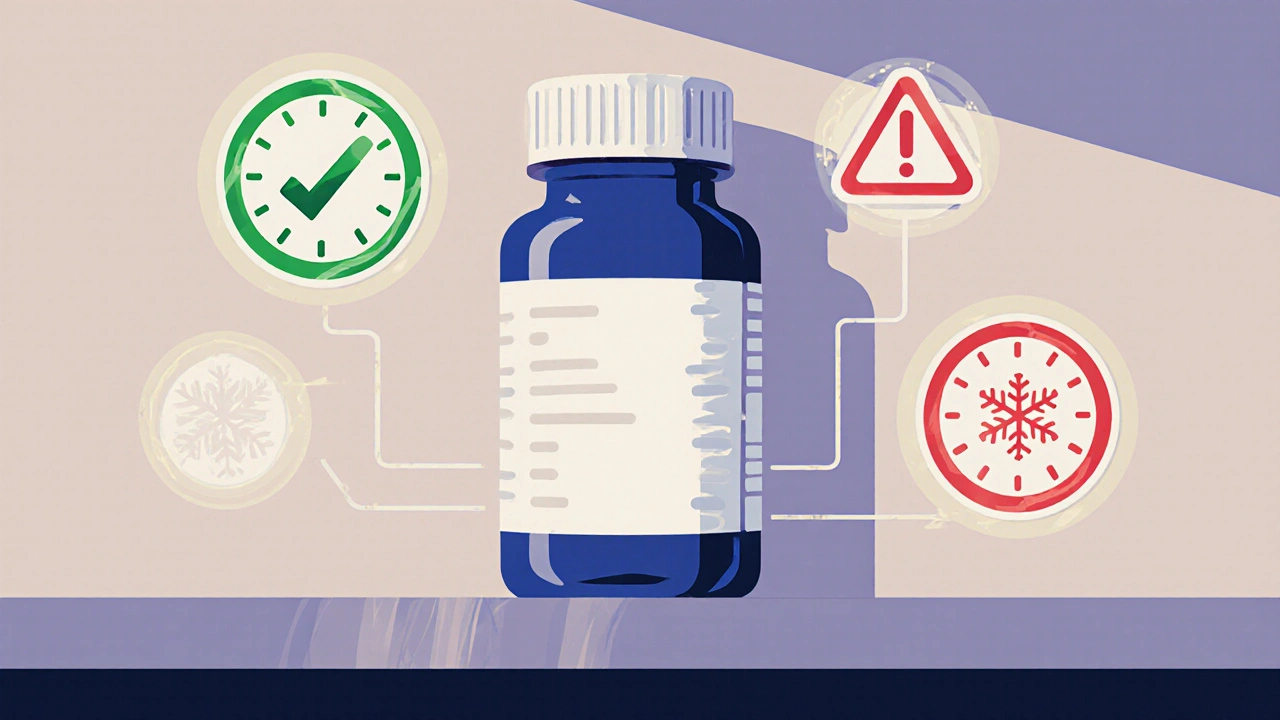
When a drug leaves the lab and heads to pharmacies, hospitals, or homes, it must still work exactly as intended-months or even years later. That’s not luck. It’s stability testing. This isn’t optional. It’s a legal requirement enforced by regulators worldwide. If a pill, injection, or cream degrades too fast, it could become ineffective-or worse, harmful. The core of this process? Knowing exactly how temperature and time affect the drug. Get this wrong, and you risk recalls, regulatory shutdowns, or patient harm.
Why Temperature and Time Matter
Every drug has a breaking point. Too much heat, too much moisture, too much time-and its chemical structure can change. A painkiller might lose potency. An antibiotic might turn toxic. A biologic medicine like a monoclonal antibody can clump together and trigger immune reactions. Stability testing answers one simple question: How long can this product stay safe and effective under real-world conditions? The answer isn’t guessed. It’s measured. And those measurements depend on two fixed variables: temperature and time. These aren’t arbitrary numbers. They’re based on decades of science and global agreements.The ICH Q1A(R2) Standard: The Global Rulebook
Since 2003, the International Council for Harmonisation (ICH) has set the global standard for stability testing with its Q1A(R2) guideline. This isn’t just a suggestion-it’s the law in the U.S. (FDA), Europe (EMA), Canada, Japan, and most major markets. The goal? One test, one set of rules, worldwide. That saves companies millions and ensures patients everywhere get the same quality. For most solid oral drugs-tablets and capsules-the standard long-term condition is 25°C ± 2°C and 60% RH ± 5% RH. That’s room temperature, average humidity. But if your product will be sold in hot, humid places like India or Brazil, you test at 30°C ± 2°C and 65% RH ± 5% RH. The choice depends on where the drug is going.Accelerated Testing: Pushing the Limits
You can’t wait three years to launch a drug. So regulators allow accelerated testing to predict long-term behavior. This is where things get intense. The standard accelerated condition is 40°C ± 2°C and 75% RH ± 5% RH for six months. That’s like leaving your medicine in a hot car in the desert for half a year. Why 40°C? Because it’s high enough to speed up degradation-but not so high that it melts excipients or causes unrealistic breakdown. Studies show this condition roughly equals 24 months of storage at 25°C for 85% of small-molecule drugs. But here’s the catch: it doesn’t work for everything. Hygroscopic drugs (those that soak up moisture) often fail this test even when they’re fine in real life. That’s why you can’t rely on accelerated data alone.Intermediate Testing: The Safety Net
If your accelerated test shows a significant change-say, a 5% drop in potency or a new impurity-you must run an intermediate test. This one’s at 30°C ± 2°C and 65% RH ± 5% RH for six months. It’s not optional. It’s your backup plan. This test is critical when you chose 25°C for your long-term study instead of 30°C. It bridges the gap between real-world conditions and the harsh accelerated test. Merck used this exact approach to catch a polymorphic shift in Keytruda® that would’ve caused bioavailability issues in tropical climates. Without intermediate testing, that problem might’ve slipped through.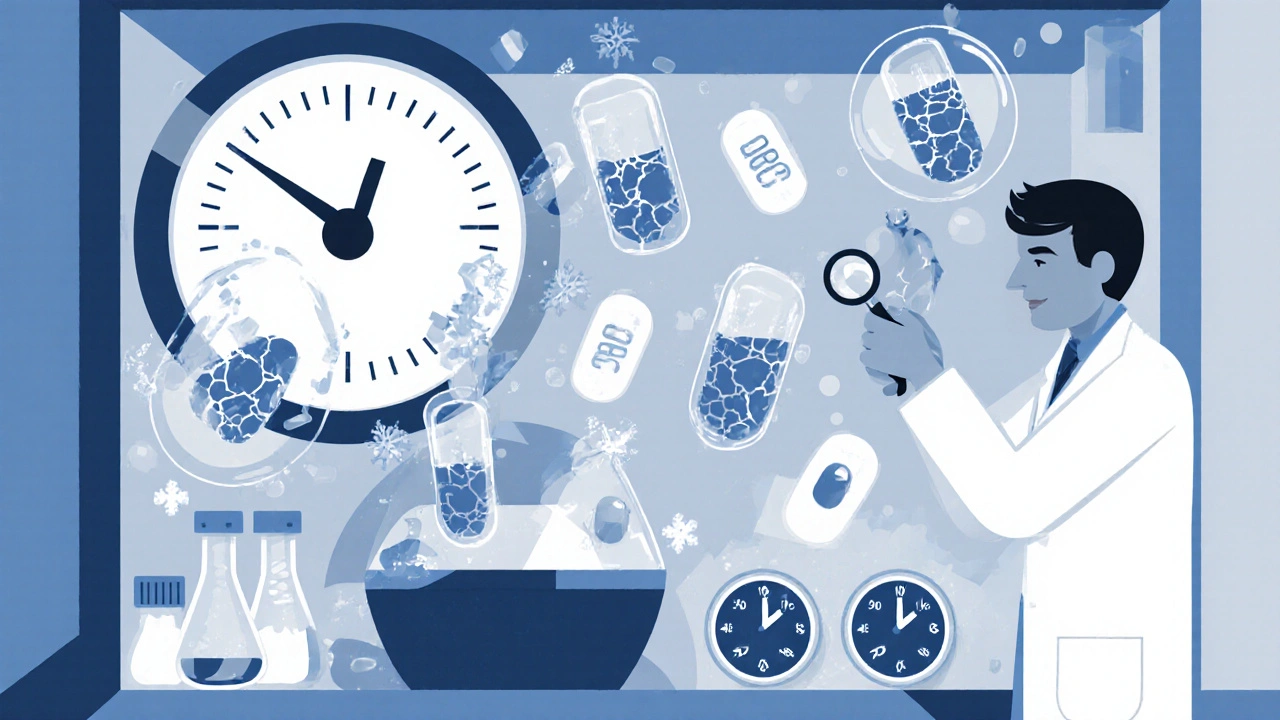
Refrigerated and Frozen Products: Different Rules
Not all drugs are stored at room temperature. Insulin, vaccines, and many biologics need refrigeration. For those, the rules change. Long-term testing for refrigerated products is done at 5°C ± 3°C for 12 months. Accelerated testing? Not at 40°C. That would destroy them. Instead, it’s done at 25°C ± 2°C and 60% RH ± 5% RH for six months. This reflects what happens if a vaccine sits in a warm room for a few days during transport. Frozen products are even trickier. There’s no official ICH standard yet, but most companies test at -20°C or -70°C and monitor for freeze-thaw cycles. One FDA warning letter in 2021 cited Roche for failing to account for thawing during shipping, which caused antibody aggregation and reduced efficacy.How Long Do You Test?
Testing isn’t a one-time event. It’s a schedule. For long-term studies, samples are tested at 0, 3, 6, 9, 12, 18, 24, and 36 months. Early time points (3 and 6 months) are crucial because that’s when most changes show up. If you see degradation at 6 months, you don’t wait until 12 to react. The FDA requires at least 12 months of long-term data at the time of submission. The EMA lets you submit with 6 months if you commit to completing 12 months later. That’s a subtle but big difference. A U.S. company might get approved faster than a European one if they’re using the same data.What Counts as a “Significant Change”?
This is where things get messy. ICH Q1A(R2) says a significant change includes:- A 5% change in assay from initial value
- Failure to meet potency specifications
- Appearance of a new impurity above identification threshold
- Change in physical properties (color, texture, dissolution)
Real-World Challenges: Chambers, Humidity, and Human Error
You can have perfect guidelines, but if your storage chamber fails, the data is useless. Temperature must stay within ±0.5°C. Humidity within ±2% RH. That’s tighter than most home thermostats. A 2023 survey of 142 stability professionals found that 78% had experienced at least one temperature excursion over ±2°C during a study. One incident can invalidate months of work. Humidity control is even harder. In dry climates, you need extra humidifiers. In humid ones, you need dehumidifiers. Dual-loop systems help, cutting RH variability from ±8% to ±3%. And then there’s documentation. A full stability dossier can run 500 pages. Every temperature log, every test result, every change request must be archived. Miss one signature? Your application gets rejected.The Future: Modeling, Real-Time Testing, and New Products
The ICH Q1A(R2) standard is 20 years old. It was designed for pills and syrups-not mRNA vaccines, antibody-drug conjugates, or gene therapies. These new products degrade in ways the old rules don’t predict. Leading companies are now using predictive modeling. By testing at 50°C to 80°C, they can forecast stability in months instead of years. 74% of top pharma firms use these methods. But regulators are skeptical. EMA rejected eight model-based submissions in 2022-2023. The FDA is piloting real-time stability testing using process analytical technology (PAT). If it works, companies might not need 12 months of data at submission. That could cut development time by 30-50%. The next ICH update-likely Q1F-will address complex products. Until then, companies must adapt old rules to new science. And that’s the real challenge: balancing proven standards with innovation.What Happens If You Fail?
Failure isn’t just a delay. It’s a crisis. In 2021, Teva recalled 150,000 vials of Copaxone® because their stability testing didn’t catch aggregation at 40°C. In 2022, the FDA issued 27 warning letters for stability deficiencies. One company lost its marketing authorization entirely. The cost? Not just the recall. Lost sales. Reputational damage. Legal fees. And most importantly-patients who didn’t get the medicine they needed.Final Takeaway: Precision, Not Guesswork
Stability testing isn’t about checking a box. It’s about guaranteeing safety. The temperature and time conditions aren’t suggestions-they’re science-backed thresholds that protect lives. Whether you’re a small biotech or a global pharma giant, getting this right means following the ICH rules exactly, validating your equipment, documenting everything, and never assuming your drug is stable just because it looks fine. The next time you pick up a pill bottle, remember: someone spent years making sure that pill wouldn’t break down before you took it. That’s stability testing. And it’s non-negotiable.What are the standard temperature and humidity conditions for long-term stability testing?
The ICH Q1A(R2) standard defines two primary long-term conditions: 25°C ± 2°C with 60% RH ± 5% RH for temperate climates, or 30°C ± 2°C with 65% RH ± 5% RH for hot and humid climates. The choice depends on the target market’s climatic zone, as defined by ICH guidelines.
How long does accelerated stability testing last?
Accelerated stability testing is conducted for six months at 40°C ± 2°C and 75% RH ± 5% RH. This condition accelerates degradation to predict long-term behavior, but results must be confirmed with long-term data.
When is intermediate testing required?
Intermediate testing at 30°C ± 2°C and 65% RH ± 5% RH for six months is required only if significant changes occur during accelerated testing and long-term studies are conducted at 25°C. It acts as a bridge between accelerated and real-world conditions.
What are the stability requirements for refrigerated products?
Refrigerated products are tested long-term at 5°C ± 3°C for 12 months. Accelerated testing is performed at 25°C ± 2°C and 60% RH ± 5% RH for six months-not at 40°C, as this would damage sensitive biologics.
What happens if a stability study fails?
Failure can lead to regulatory actions including warning letters, product recalls, or withdrawal of marketing authorization. For example, in 2021, Teva recalled 150,000 vials of Copaxone® due to undetected aggregation in accelerated testing, and the FDA issued 27 warning letters in 2022 for stability-related deficiencies.

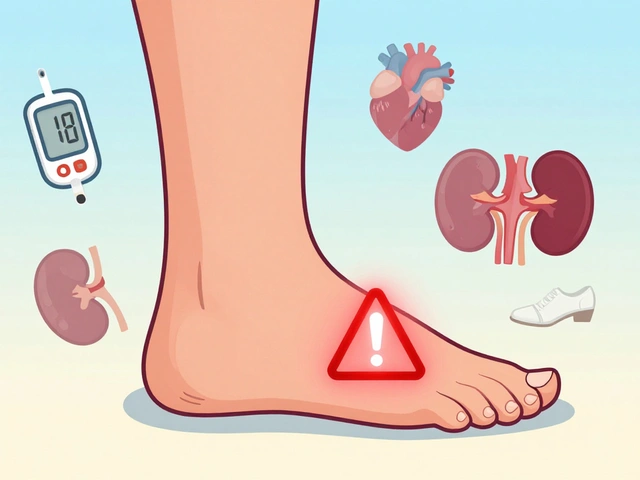
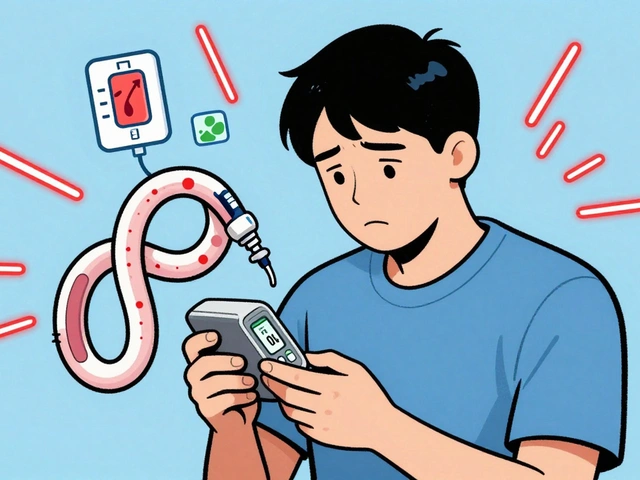
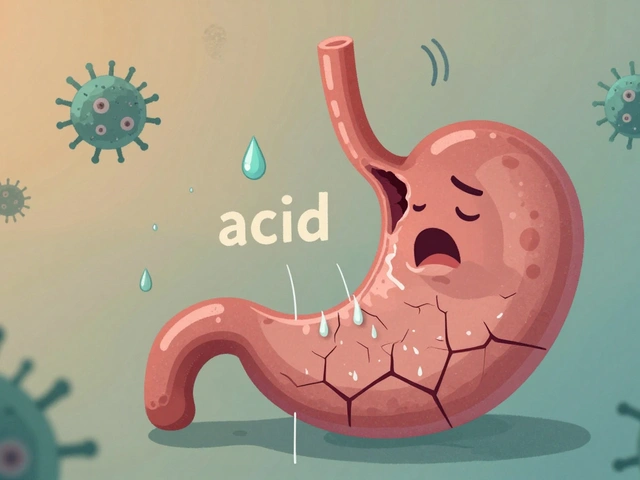
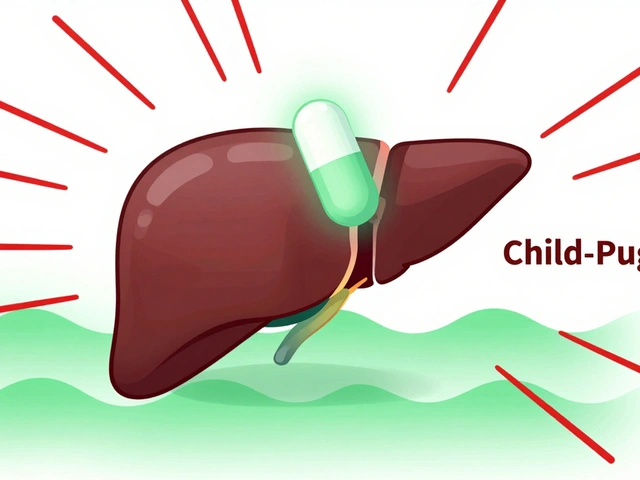
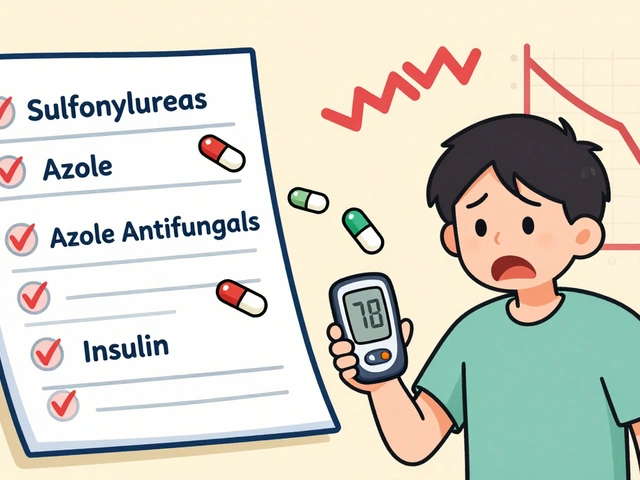
13 Comments
Been there done that in Mumbai lab. 30C/65%RH? Yeah we call that Tuesday. The AC broke and we just kept going. Pill still worked. LOL
40C for 6 months? That’s not testing. That’s torture. I bet they just fake the data. Big Pharma’s got a whole system rigged. FDA doesn’t even check half the logs.
I love how they treat stability like it’s a math problem. But drugs aren’t equations. They’re living molecules. One day we’ll have sensors in every pill that tell you if it’s still good. Imagine that.
Interesting read. I work in a small UK lab and we follow ICH to the letter. The humidity control is the real nightmare. We had to install a whole new system last year. Worth it though. Safety first.
The real question isn’t what the temp is. It’s who’s watching. If the system’s automated and logged and audited… then sure. But if it’s a guy with a clipboard in a basement? That’s where things go wrong.
I used to work in vaccine logistics. One time a truck got stuck in traffic for 14 hours in Phoenix. 40°C outside. We had to scrap 2000 doses. No one talks about the human cost behind these numbers.
In India we don’t have fancy chambers. We use godown rooms with ceiling fans and salt buckets to control humidity. If the drug survives that? It’s built tough. I’ve seen aspirin from 2018 still work. No fancy lab needed.
Wait-so you’re telling me that a 4.8% drop in assay = rejection? That’s ridiculous. Statistically insignificant. Who’s approving this? I’ve seen 12% drops in real-world studies and no one cared. This is bureaucratic insanity.
This is why we need more people like you in pharma. Not just the chemists. The ones who care about patients. I work in patient advocacy. Every time a drug fails stability, someone’s mom doesn’t get her heart med. This matters.
ICH Q1A(R2)? More like ICH Q1A(R2) LOL. We just use 25C and hope for the best. Who’s gonna check? Australia’s too chill for this stuff. We’ve got kangaroos to worry about.
I just saw a TikTok of a guy storing his insulin in his glovebox. I screamed. Like… literally screamed. Please someone tell me this isn’t real.
This is why American pharma is falling behind. Over-regulated, over-documented, under-innovating. We’re spending $500M on humidity sensors while China’s making mRNA pills that last 5 years at room temp.
I work with biologics. The real heroes are the technicians who check the -70°C freezers at 3am. No fanfare. No credit. Just quiet, meticulous work that keeps people alive. Thank you to every stability lab tech out there.